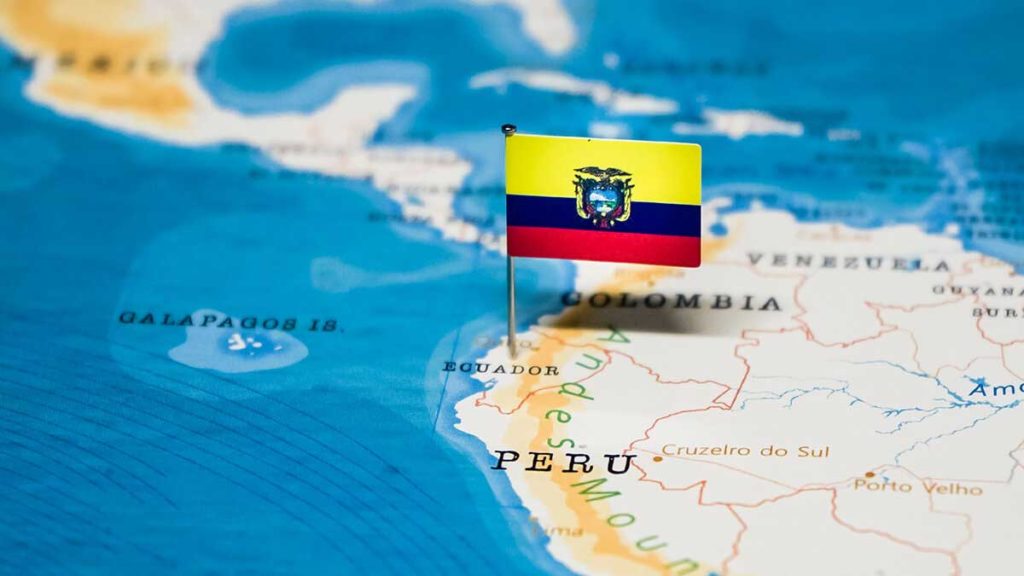
In the light of the current pandemic, Ecuador is one of many countries allocating additional spectrum to its operators to cope with the rising data capacity demands of online traffic.
Ecuador’s Ministry of Telecommunication & Information Society (Mintel) has announced plans to temporarily allocate mobile spectrum to “improve service capacity and quality”. This follows a 40 percent increase in data traffic since the start of the pandemic. The temporary spectrum will be available for one year.
ARCOTEL – Ecuador’s telecommunications regulator – will be responsible for ensuring that operators that are given access to these additional frequencies will improve overall service coverage. The Ministry of Telecommunications & Information Society (Mintel) will direct their efforts to the underserved areas. According to reports, there are over 360 such areas, for which Mintel has announced several measures intended to improve internet access.
Other measures will include facilitating procedure protocol for granting licences to small ISPs, implementing less expensive tariffs, enabling the installation of shared infrastructure on government property, and steps to support importation and approval of telecoms equipment. In addition, measures for additional free Wi-Fi hotspots run by the networks of public institutions, universities, government offices will be carried out respectively.
This prompt initiative carried out by the government of Ecuador to the ongoing capacity issue, has reflected greater efforts from the country to improve overall telecom network infrastructure. Speaking at the presentation of the ‘Digital Ecuador’ strategy in 2019, Andres Michelena Ayala of the Ministry of Telecommunications and Information Society, made clear that one of the priorities of their initiative is to establish a regulatory framework governing spectrum allocation. The strategy also anticipates that 5G services will be deployed and available between 2021 and 2022.
According to a recent report published by Statista (February 2020), there was already a significant rise in the percentage of the population using the internet in Ecuador (from 2010-2017). In 2017, 57.3% of the population were reported to have accessed the internet which placed them slightly above Latin America’s average.
With the inevitable rise of internet penetration and network access, Ecuador and other countries in South America must also take measures to counteract growing vulnerability to cybercrime amid the lockdown.